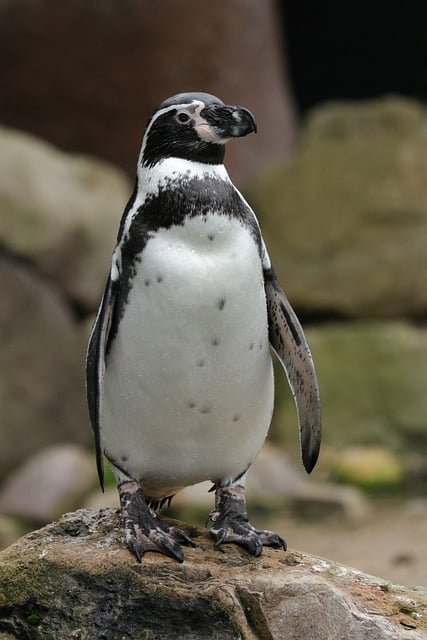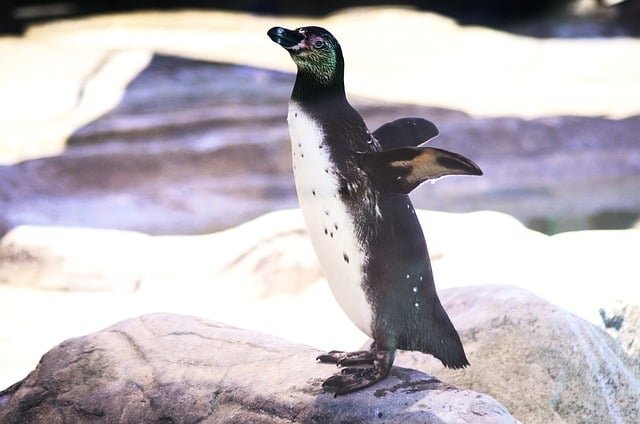**Title: "The Remarkable Adaptations of Penguins: How These Flightless Birds Thrive in Har

The Remarkable Adaptations of Penguins: How These Flightless Birds Thrive in Harsh Environments
Penguins are one of nature's most fascinating examples of adaptation. Despite being flightless birds, they have evolved remarkable traits that allow them to thrive in some of the harshest environments on Earth. In this post, we will explore the unique adaptations of penguins that enable them to survive and flourish in extreme conditions.
1. Streamlined Bodies
Penguins have a distinct body shape that is perfectly adapted for swimming. Their streamlined bodies reduce drag in the water, allowing them to swim efficiently and swiftly. This adaptation is crucial for hunting for fish and other marine prey, as they can dive to impressive depths and travel long distances in search of food.
2. Insulating Feathers
One of the most critical adaptations of penguins is their feathers. Unlike most birds, penguins have dense, waterproof feathers that provide excellent insulation. The outer layer of feathers is coated with oil from the uropygial gland, making them water-resistant and keeping the birds dry. Beneath this layer, a thick layer of down feathers traps air, providing insulation against the frigid temperatures of their habitats.
3. Social Behavior
Penguins are highly social animals, often living in large colonies. This social behavior offers several advantages, such as increased protection from predators and enhanced warmth during harsh weather. By huddling together, penguins can conserve heat, reducing their energy expenditure in extremely cold environments.
4. Unique Breeding Strategies
Many penguin species exhibit fascinating breeding strategies that help them survive in harsh climates. For example, Emperor Penguins are known for their incredible parenting skills. Males incubate the eggs on their feet, keeping them warm under a flap of skin called a brood pouch. This adaptation allows them to endure the harsh Antarctic winter while ensuring the survival of their offspring.
5. Specialized Feet and Flippers
Penguins have evolved strong, webbed feet that make them excellent swimmers. Their flippers are adapted for propulsion in the water, allowing them to "fly" through the ocean with agility. On land, their feet provide stability on slippery ice, helping them navigate their icy habitats.
6. Efficient Metabolism
To survive in cold environments, penguins have a highly efficient metabolism. They can store fat reserves to provide energy during times when food is scarce. This adaptation is vital for species like the Adélie Penguin, which may face long periods without food during breeding seasons.
Conclusion
Penguins are a testament to the power of evolution and adaptation. Their unique traits enable them to thrive in some of the most inhospitable environments on the planet. As we continue to study these remarkable birds, we gain a deeper understanding of how life can flourish even in the harshest conditions. Whether it's their streamlined bodies, insulating feathers, or social behaviors, penguins remind us of the incredible resilience of nature.
Feel free to share your thoughts on penguin adaptations in the comments below!
